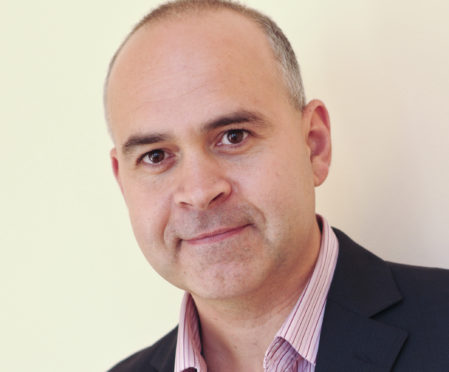Take a look at the seasons and it’s easy to associate winter with rest and introspection, spring with new beginnings, summer with happiness and light – but what about autumn?
Many of us dread the return to work after our holidays, the trials and tribulations associated with the start of a new school year and not least the shorter days.
But autumn has a lot of things to offer and with Happiness at Work Week starting on September 23 it’s worth taking a closer look at how we can influence our state of mind to lead happier, healthier lives including when we’re at work.
Russian author Leo Tolstoy said “happiness does not depend on outward things, but on the way we see them”.
Years later, American writer and lecturer Dale Carnegie put down a very similar version of this sentiment, making happiness dependent on our mental attitude.
Whilst both sound simple and straightforward, it’s easy to lose track of this approach in our daily lives.
At work, it’s all too easy to get caught up in deadlines and demands and lose track of the things we enjoy about our jobs.
Many of us chose a career because we were excited about being involved in a certain field.
Maybe we wanted to make a difference to others’ lives or simply enjoyed interacting with people on a daily basis.
Our reasons for choosing a profession are motivated by ourselves, internally.
On the other hand, our reasons for disliking this very job a few years later are often linked to external factors such as the pressures put on us by superiors and deadlines or our family’s and friends’ expectations of how quickly our career should progress.
What’s important to understand is that whilst we might struggle to change others’ preconceptions, what we can change is how we react to them.
Often, they are a reflection of the other person’s lives rather than our own.
Do we allow external influences, i.e. too many tasks with too short deadlines, to govern our day, throw ourselves at those tasks, knowing we cannot possibly achieve them and our perceived failure will be met with disapproval?
Or do we take a more positive, constructive approach? This could involve looking at the proposed workload, assessing what we can realistically complete and then talking to our bosses about re-arranging what’s on our desk.
When it comes to our own happiness, we all have choices to make and a responsibility to ourselves.
We owe it to ourselves, our families and friends to try our hand at happiness. It’s hardly ever a goal, but a process or a journey – something we can strive for and get a bit closer to every single day.
It’s also the topic (shameless plug coming up) of a free event we at First Psychology are hosting this autumn in Aberdeen.
Our theme, Understanding Happiness, aims to break down misconceptions and unrealistic expectations of what it means to be happy.
